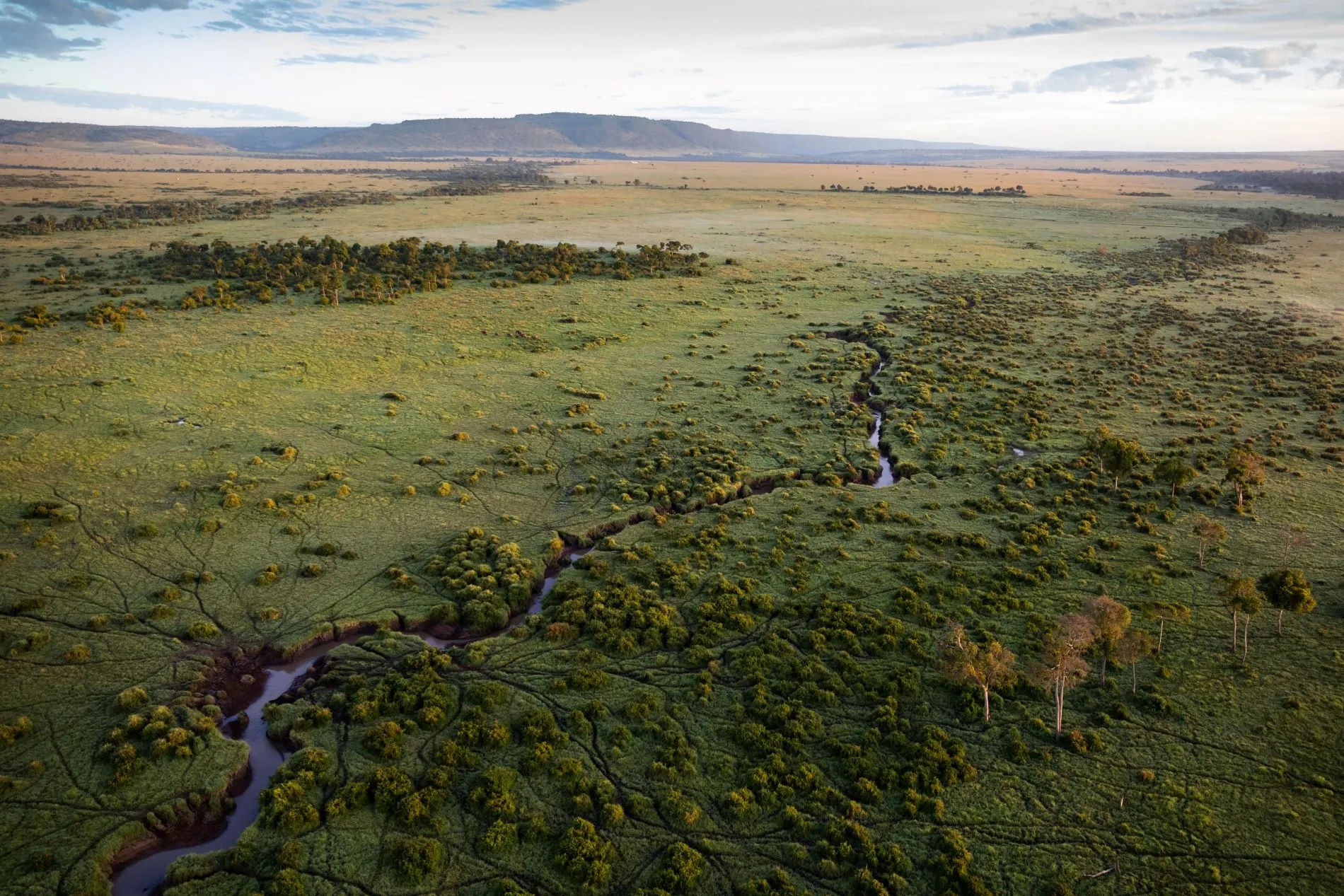
News

Angolan Transport Infrastructures

(Re)Building for the Future
Infrastructure follows pattern of population and natural resources
Angola’s population of around 31 million is unequally distributed across the country. The most densely populated areas are around the capital (Luanda) and a few other major cities (Cabinda, Benguela, Lubango and Huambo). Overall, the coast and the southern and eastern parts of the country are less populated than the interior highlands. The distribution of the Angolan population results, for the most part, from the devastating impact of the long-lasting civil war period (1975-2002). However, it is also influenced by the presence of vast natural resources and agricultural potential. The interior highlands are abundant in water resources and are, therefore, well suited for agriculture. The south and southeast are dry savanna while the far north is covered by rain forest. Angola’s oil fields are located in the coastal region in the north and west. The country is also rich in various minerals that are found in its western and central parts. Meanwhile, the distribution of infrastructure networks follows the pattern of the population and natural resources. As such, greater density of transport, power and information and communication technology infrastructure is located along the western half of the country.
Local authorities have invested heavily in rebuilding infrastructure
Angola’s transport infrastructure suffered extensive damage during the civil war period (1975-2002), with destruction and neglect leading to the closure of most of the road and rail networks. In recent years, the authorities have undertaken huge investments in the rehabilitation of road, railway, seaport and airport infrastructures. Public account figures suggest that the government spent more than US$ 38 billion on transport infrastructures during 2002-18, with nearly 70% of this amount invested on roads. On average, this corresponds to US$ 2.3 billion per year and 2.4% of GDP. Most of these investments were financed by Chinese loans and credit lines that have helped rebuild and rehabilitate the country’s infrastructures. However, infrastructure quality remains a major obstacle for Angola’s overall development, as it continues to hinder the movement of the population and goods in the country.
Good infrastructures will help economic growth and diversification
The Angolan authorities remain committed to continuing to rebuild, rehabilitate and expand infrastructures. This will be crucial to their efforts of strengthening economic growth perspectives and diversifying the domestic economy from a persistently high dependence on the oil sector. These efforts are expected to be boosted by increased private sector involvement and interest in areas like rail, sea and air transport. Good quality roads, bridges and railway networks, combined with efficient seaports, logistics platforms and airports, will help improve economic productivity.
National Director Plan for the Transport Sector
The government’s National Director Plan for the Transport Sector provides a real assessment of the existing conditions in the sector. It also sets out an investment program of 20 years (2018-38) for seaport, railway, road and airport infrastructures. The objectives are mostly related to (1) improving the movement of people and goods, connecting all of Angola’s 18 provincial capital cities and their municipalities, (2) increasing private sector financing, namely through the promotion of public-private sector partnerships and (3) reinforcing Angola’s role in the African continent, including improving the regional corridor to the SADC region and other regional corridors. That said, the government’s ability to finance transport infrastructure investments remains limited (estimate of 1.4% of GDP per year) and should only increase once economic activity improves.